Okay, there are two pictures below, one is a photograph, and the other is my drawing/painting of the same scene. I will leave it to you as to which is which.
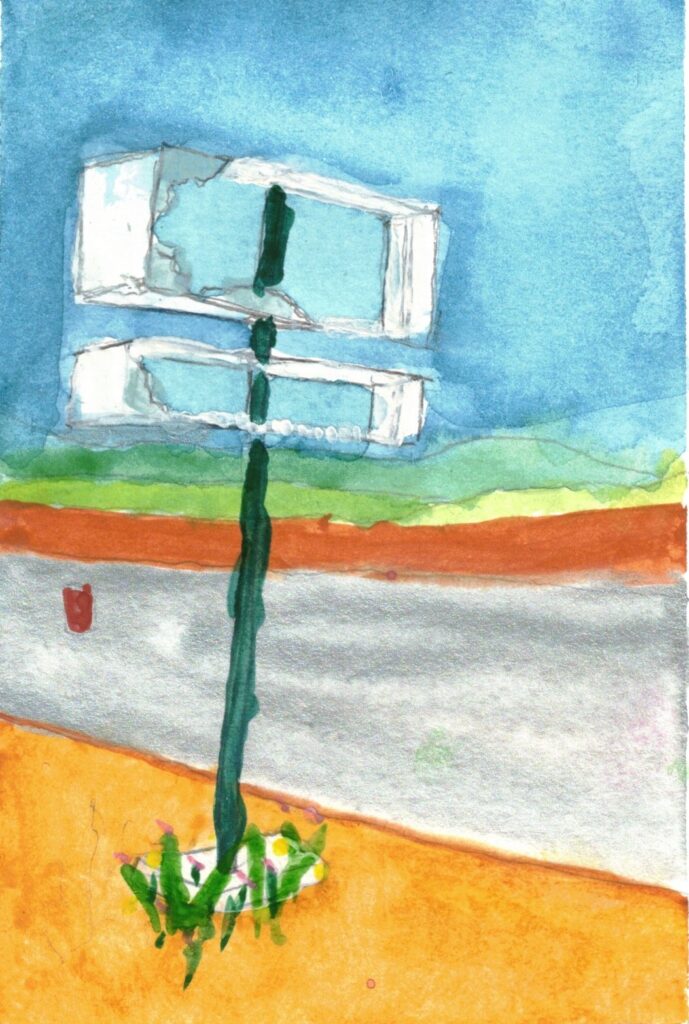
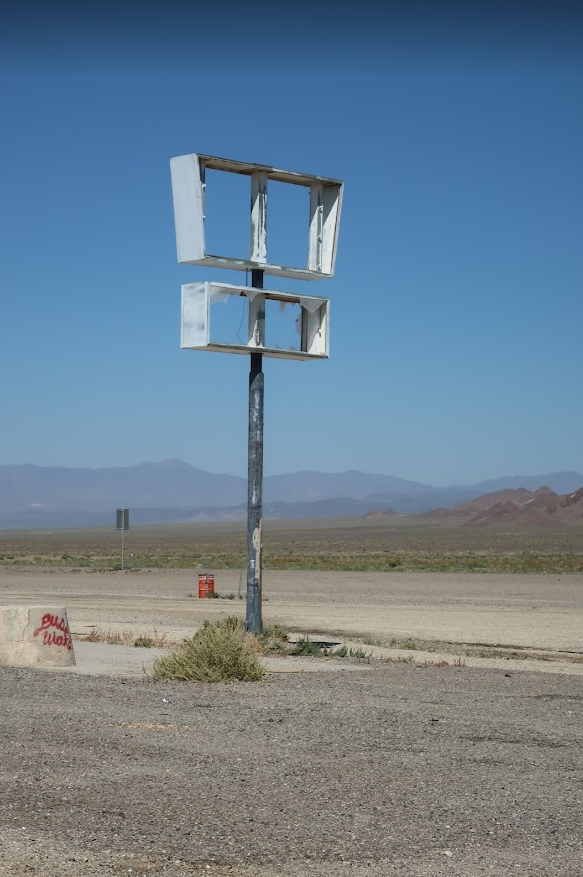
So, I am doing a few things differently this week, painting without drawing. I am learning about different styles of painting and painting without drawing has me amused. The following are a few examples of what I am talking about, they are a different style, but that is sort of the point of this exercise.
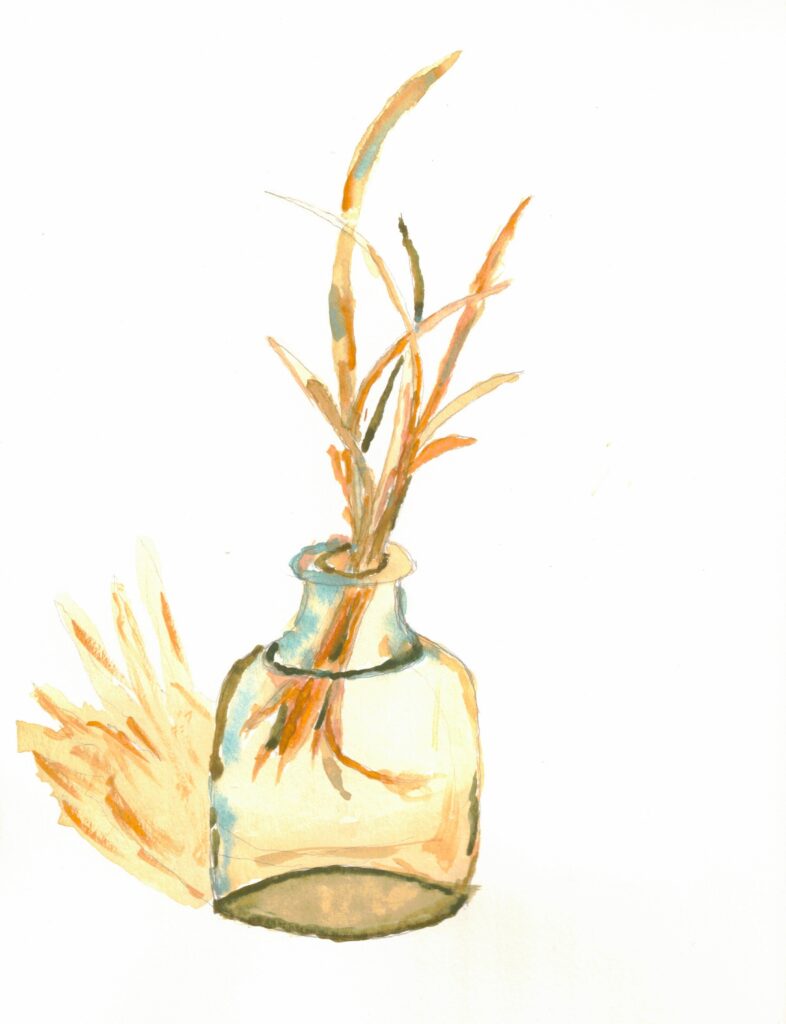
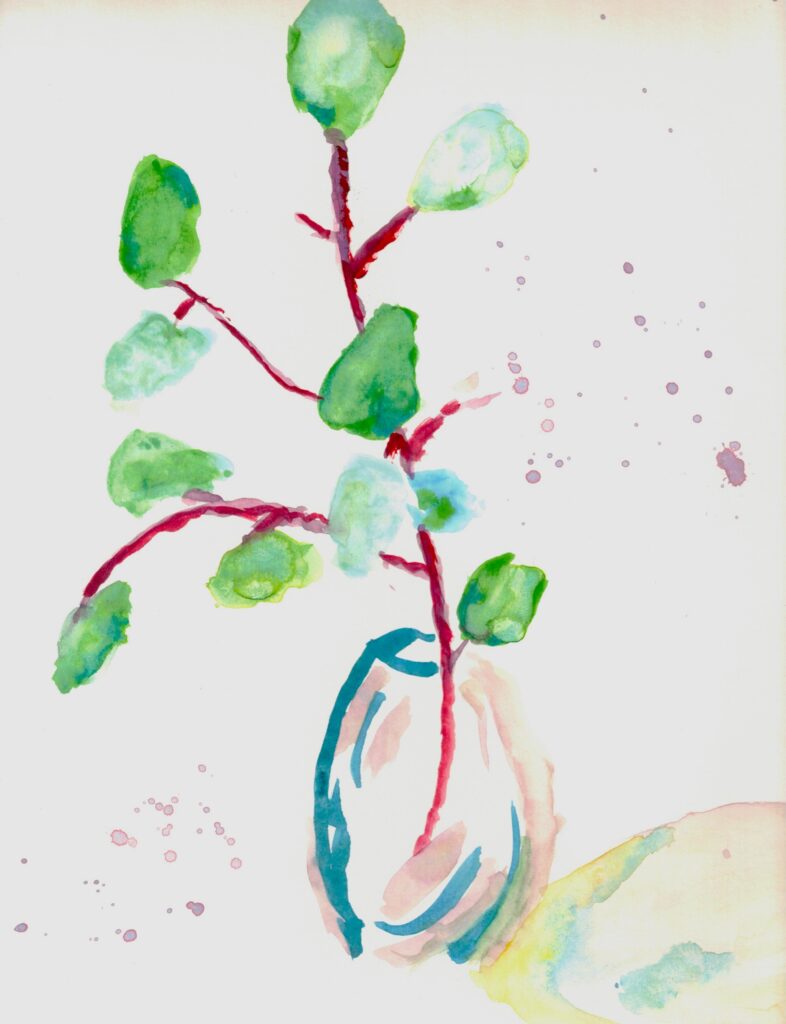
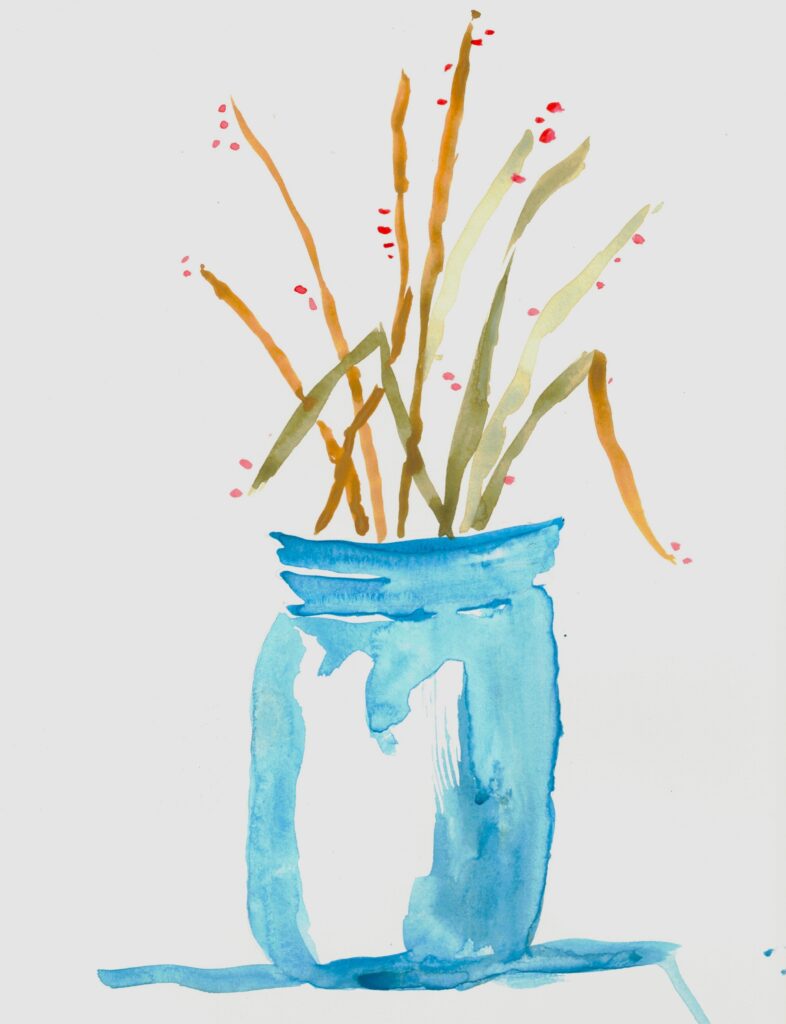
What has this taught me?
Painting without drawing first, also known as direct painting, can be a freeing and expressive approach. Here are some tips and insights I have picked up along the way.
Painting without preliminary drawings:
- Embrace Spontaneity: Direct painting allows you to embrace spontaneity and capture the energy of the moment. Without a pre-drawn outline, you can respond to the flow of your creativity more freely.(should be easy)
- Loosen Up Your Technique: Since you won’t be bound by initial lines, try to loosen up your technique. Allow your brushstrokes to flow more organically, creating a dynamic and lively composition.
- Start with Light Washes: Begin with light washes to establish the basic shapes and forms. This helps you map out the composition without committing to specific details. Use a larger brush for these initial washes.
- Focus on Negative Space: Pay attention to the negative spaces between objects. By defining shapes based on the spaces around them, you can create a more natural and intuitive composition.
- Build Layers Gradually: Instead of outlining and then filling in, build up your painting in layers. Add layers of color and detail gradually, allowing the painting to evolve organically.
- Use a Limited Palette: Experiment with a limited color palette to maintain harmony in your painting. This can simplify the process and make it easier to focus on shapes and values.
- Trust Your Instincts: Direct painting encourages you to trust your instincts and intuition. Allow yourself to make bold decisions and don’t be afraid to let the painting guide you.
- Negative Painting Techniques: Explore negative painting techniques, where you paint around the subject to define its shape. This can be a powerful way to create intricate details without a preliminary drawing.
- Practice Observational Skills: Direct painting encourages you to observe your subject more closely. Pay attention to the relationships between shapes, colors, and values, and let your observations guide your brush.
- Accept Imperfections: Embrace imperfections as part of the process. Watercolor is a medium that often surprises, and the spontaneity of direct painting can result in beautiful, unexpected outcomes.
I have had a good week, This old dog is learning new tricks and I couldn’t be happier,
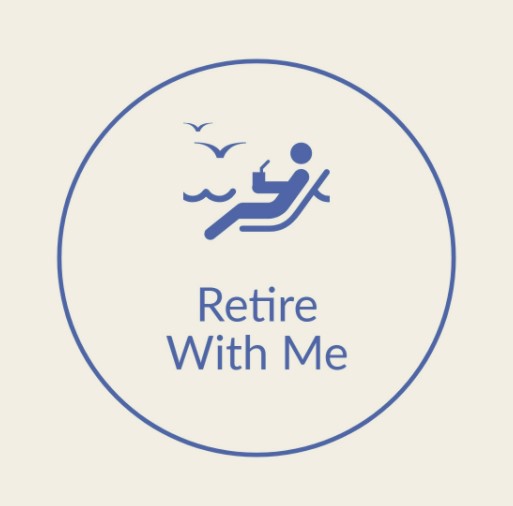
Be First to Comment